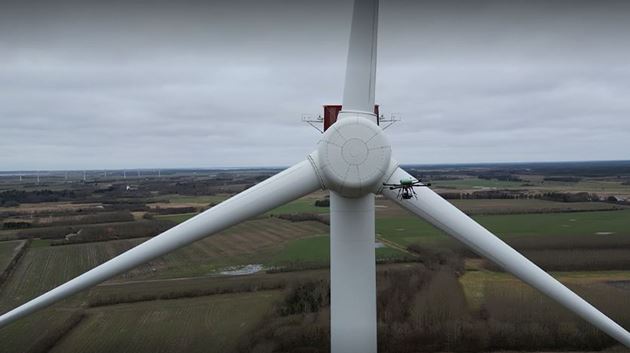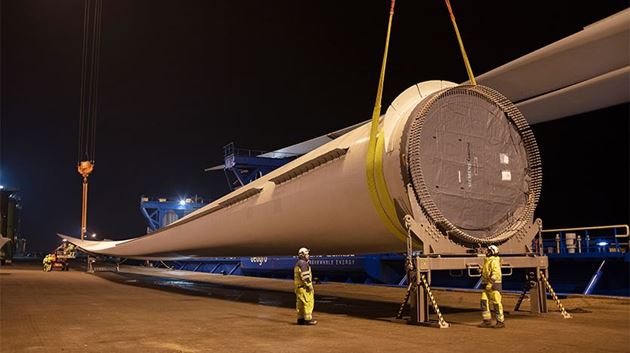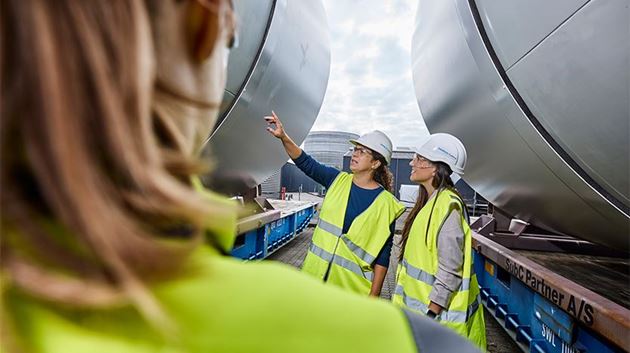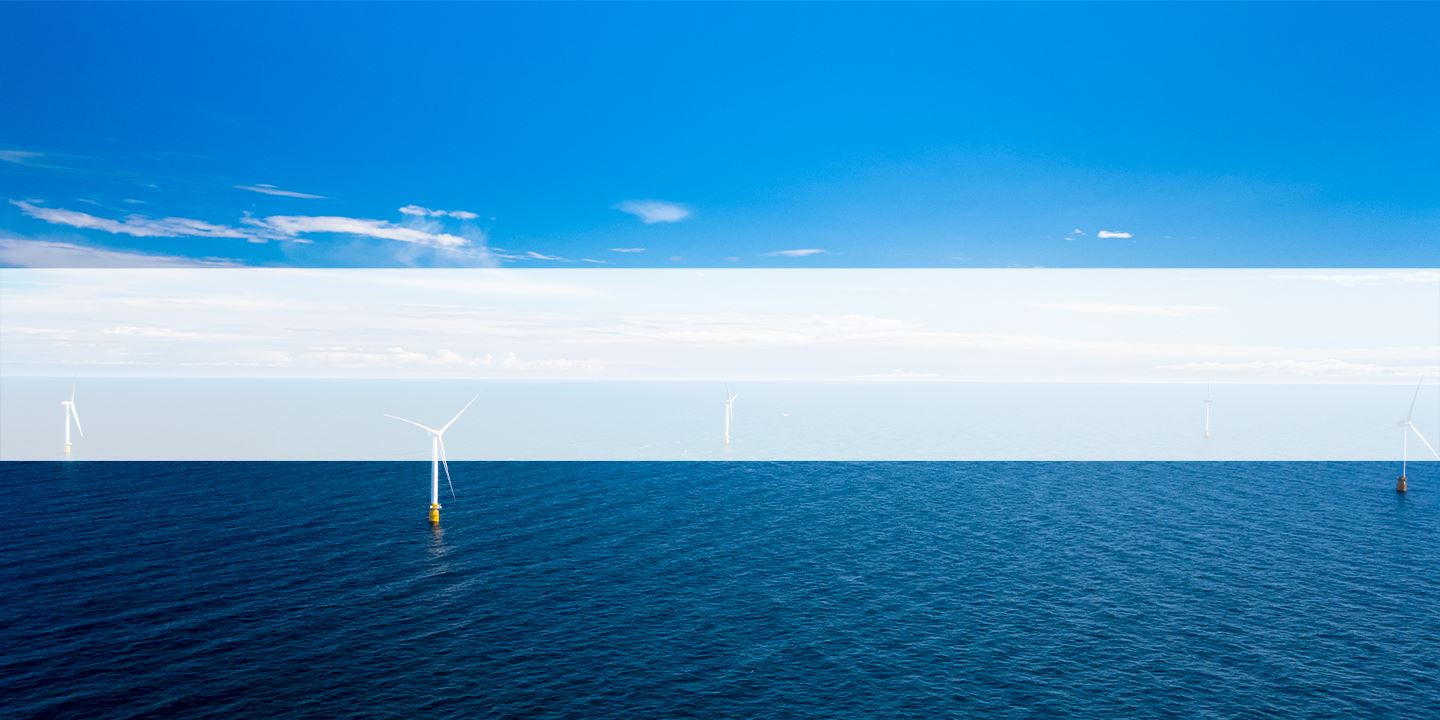
Uncharted waters - how floating wind opens up new possibilities
London / 3 March 2023
A recent survey in the UK revealed that between 79% and 88% of people questioned support wind power, the level of support dependent upon their stated political allegiance; they recognize that it is the most effective way to decarbonize energy generation, to bring us towards net zero. But do they know that floating offshore wind offers a way further to speed the process and bring offshore wind to areas where it currently is not viable?
This is despite the obvious fact that the vast majority of people, if they have seen a wind turbine at all, will only ever have seen an onshore wind turbine. Although nowhere in the UK is more than 100km from the coastline, most of those who express positive feelings towards wind power cannot have seen an offshore wind turbine themselves. If asked to draw an offshore wind turbine, they would almost certainly draw something that looks like an onshore turbine, but in the water.
Indeed, this is the heritage of offshore wind power; onshore wind turbines – having had the longer pedigree - made suitable for maritime use. And, to be fair, a member of the public drawing what looks like an onshore turbine with waves lapping around it would not be far wrong.
But, a quiet revolution (not just of the blades generating clean, green electricity) is happening at sea.
Traditional design has it that an offshore wind turbine has a foundation that is secured into the sea bed, a transition piece on top of that, topped off by the wind turbine itself. This has been hugely successful in bringing renewable energy to countries such as the UK, Denmark, Poland, Germany, Taiwan and the USA, to name but a few.
But there’s a common factor – a common limiting factor – in all of these the sea bed is relatively shallow.
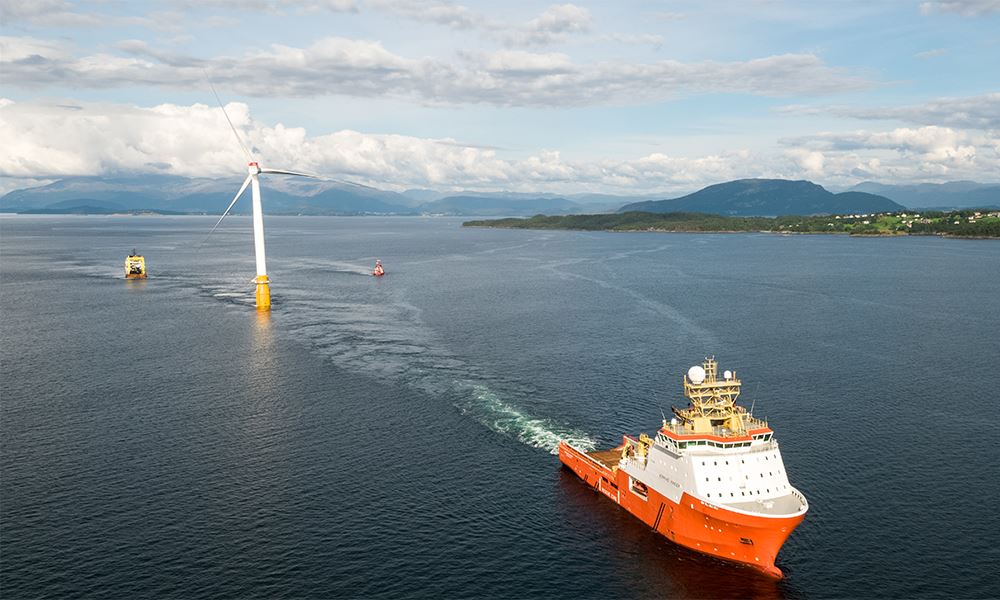
For example, the Baltic Sea has an average depth of around 55 metres – the Statue of Liberty, by comparison, stands 93 metres tall. The North Sea has an average depth of around 95 metres, clearly having foundations that need to be twice as deep as something put into the Baltic Sea will add considerably to cost. And ignoring the cost aspect, there must be hundreds of square kilometres of sea that could be used to generate wind power and decarbonise energy, that we just cannot use.
The solution is floating offshore wind
Floating offshore wind is not misleadingly named; wind turbines are genuinely floated on the surface of the water without being embedded into the sea floor. Instead, they are tethered by cables which can be hundreds of metres long. This dramatically extends the range of sites available for development – there’s little development happening in the Yellow Sea due to a maximum depth of 152 metres, well beyond what is possible with conventional foundations. With floating offshore wind, nowhere in the Yellow Sea could not be utilised.
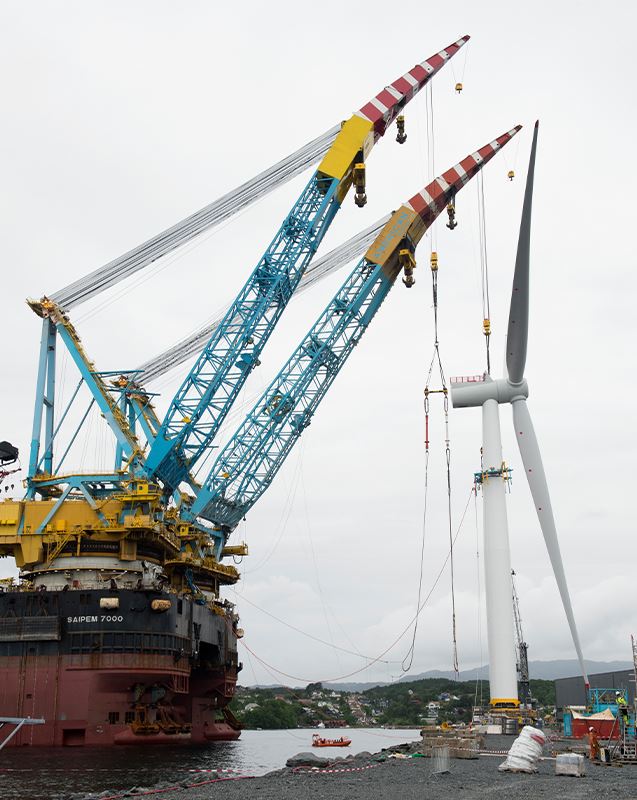
The industry estimates that the potential for floating offshore wind in Europe, the US and Japan is somewhere in the region of 7,000 GW – for reference, the world-leading UK offshore wind market has 13.66 GW of installed capacity at present.
But there’s a simpler reason why floating offshore wind has the potential to be a game changer; bottlenecks.
It’s difficult to imagine a bottleneck in the vast expanse of an ocean, but they are there. With climate targets for 2030 and even 2050 fast approaching, we have only limited time in which to manufacture the turbines needed to deliver net zero. Factories can be built in a load of urban areas, we can control the built environment to a very high degree. What is much more difficult to control is the harbours that are suitable loading vessels with thousands of tonnes of wind turbine components. Likewise, the vessels capable of loading multiple 108 metre-long turbine blades, tower sections and nacelles are in short supply and require refitting every time the wind turbine dimensions and capacity increase.
Floating offshore wind can do away with this; turbines are effectively built and made ready for energy generation at a harbour side, and towed into place. A parallel installation process is possible, which could enable us to double the generating capacity we can install in what time we have left to achieve energy decarbonisation and net zero. To see examples of currently installed floating turbines, simply Google “Hywind”.
